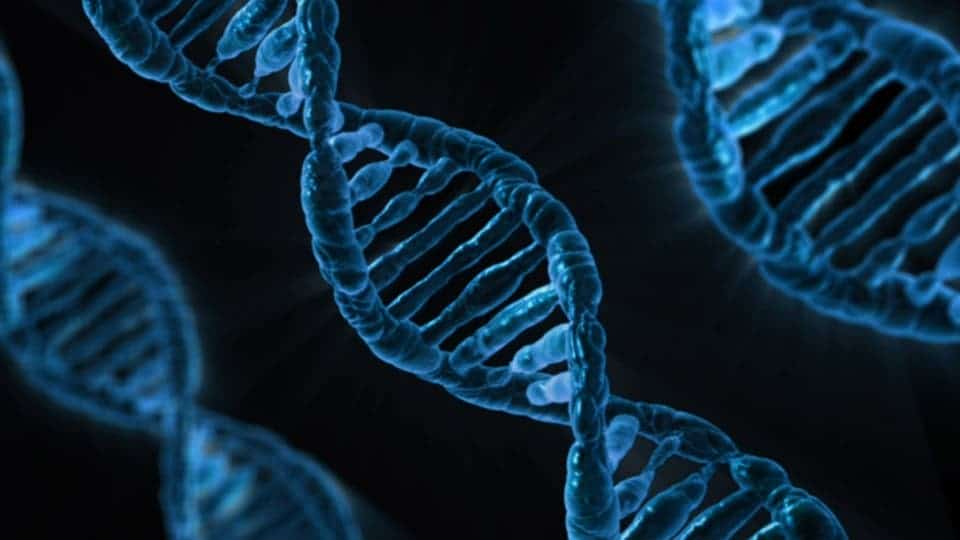Theoretical physicists studying human DNA have revealed that it’s not just the information coded into our DNA that decides who we are – the way in which the DNA folds itself also controls how genes are expressed in our bodies.
The fact itself has been known for years, and biologists have even determined some of the proteins which direct DNA folding. What this study brings new is that it demonstrates just how this folding affects our bodies and controls our evolution.
DNA is a funny thing. Everything in our body is “directed” by DNA with the same DNA chemical bases: adenine (A), guanine (G), cytosine (C), and thymine (T). These chemicals pair off into A/T and C/G base pairs which then form into sequences, or “genes.” Each cell contains a sequence of six billion base pairs. If these pairs were put in a straight line, they’d add up to almost two meters, or 79 inches. To fit that into something as small as a cell, the pairs need to be folded into a dense bundle, containing as many as 10,000 loops called a nucleosome. The way the nucleosome is folded is crucial for the gene expression.
The way the DNA is wrapped up controls which genes are ‘read’ by the rest of the cell, and how this reading should be done. For example, base pairs that wind up on the outside of the nucleosome are expressed as proteins and influence the cell’s characteristics, while the ones folded away into the inside aren’t and don’t. This explains why different cells have the same DNA but different functions, but we’re still left with one big question: what determines how the sequence is folded? This is where DNA’s second sequence steps in.
A team from Leiden University in the Netherlands has modelled the process on a genome-wide scale, showing how these mechanical cues are coded in our DNA.
“The mechanics of the DNA structure can change, resulting in different packaging and levels of DNA accessibility,” they explain, “and therefore differing frequency of production of that protein.”
Again, many biologists already theorized this, but confirmation of the process and even more – a model of how it works – can greatly improve our understanding of DNA and how it affects our lives. Furthermore, it may help geneticists figure out how to manipulate these folds, eliminating or fixing genes which cause diseases.
Journal Reference: Multiplexing Genetic and Nucleosome Positioning Codes: A Computational Approach. http://dx.doi.org/10.1371/journal.pone.0156905










